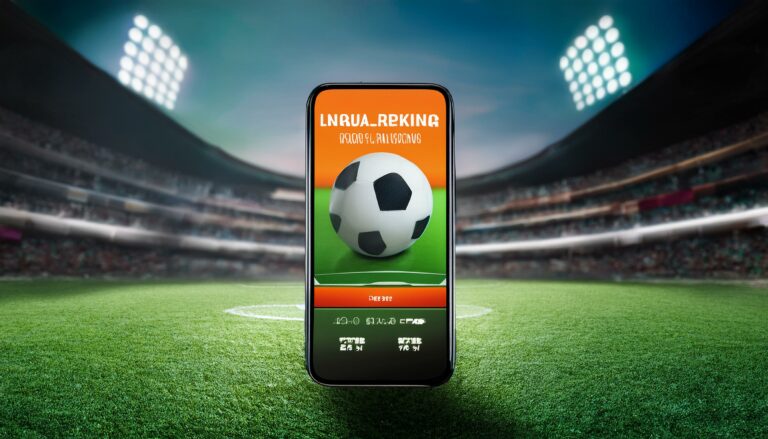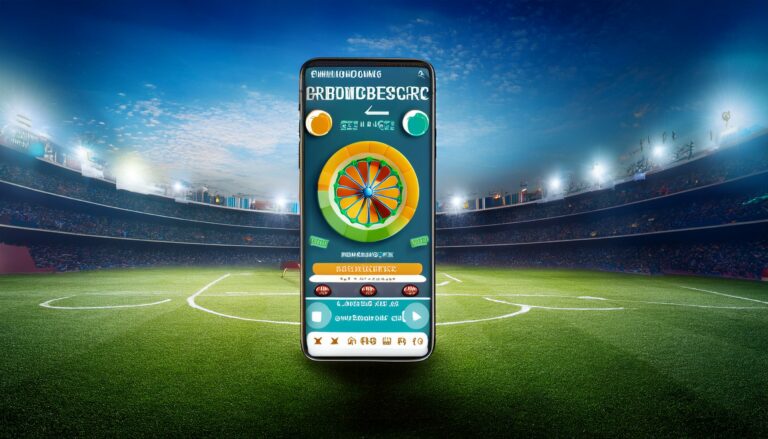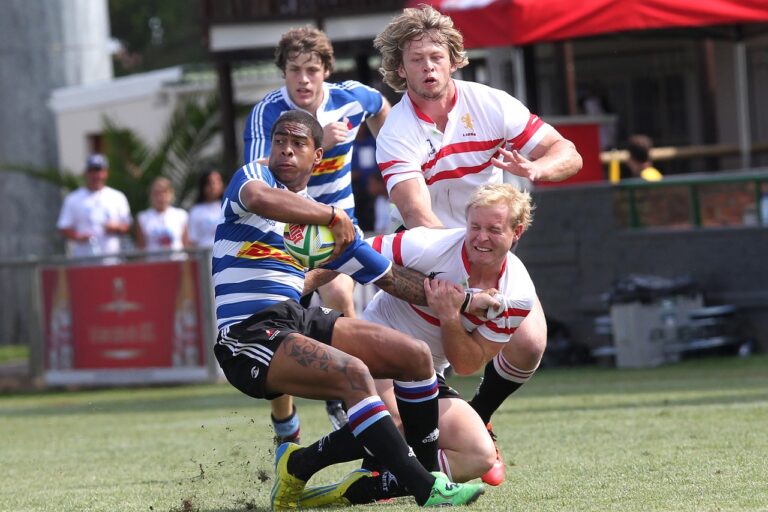How Cricket Teams Develop Effective Media Relations
Play99exch, Allpaanel: An effective media relations strategy typically starts with a clear understanding of the target audience and the key messages to be communicated. By identifying the preferred media outlets and platforms frequented by the target audience, organizations can tailor their approach to ensure maximum visibility and impact. It is crucial to establish strong relationships with media professionals through regular communication, providing them with timely and relevant information to enhance the likelihood of media coverage.
Moreover, maintaining transparency and integrity in all interactions with the media is vital to building trust and credibility. Organizations should be proactive in responding to media inquiries and requests, fostering a cooperative and mutually beneficial relationship. By monitoring media coverage and feedback, businesses can continuously evaluate and adjust their media relations strategy to stay ahead of emerging trends and opportunities.
Understanding the Role of Media in Cricket
In the world of cricket, media plays a crucial role in shaping the narrative and disseminating information to fans worldwide. Through various platforms such as television, radio, print, and digital media, cricket matches are brought to the forefront, capturing the attention of millions of followers. The media not only provides live coverage of matches but also offers analysis, insights, and updates on players, teams, and tournaments.
Additionally, media coverage plays a significant role in building the profiles and brands of cricket players, allowing them to connect with their fans on a global scale. Through interviews, press conferences, and social media interactions, players have the opportunity to share their thoughts, experiences, and personal stories, creating a more intimate and engaging relationship with their followers. Moreover, the media acts as a bridge between the cricketing world and its audience, fostering a sense of community and shared passion for the sport.
What are some key components of a media relations strategy in cricket?
Some key components of a media relations strategy in cricket include building relationships with journalists and media outlets, providing timely and accurate information to the media, organizing press conferences and interviews with players and coaches, and monitoring media coverage to assess the impact of communication efforts.
How does the media contribute to the popularity of cricket?
The media plays a crucial role in promoting and popularizing cricket by providing extensive coverage of matches, players, and events. Through live broadcasts, match reports, analysis, interviews, and features, the media helps engage fans, build excitement, and create a sense of community among cricket enthusiasts.
How does the media influence public perception of cricket players and teams?
The media has a significant influence on shaping public perception of cricket players and teams through its coverage and portrayal of their performances, personalities, and off-field activities. Positive media coverage can enhance a player’s reputation and popularity, while negative coverage can damage their image and reputation.
What challenges do cricket players and teams face when dealing with the media?
Cricket players and teams face challenges such as media scrutiny, pressure to perform in front of the cameras, handling media interviews, dealing with criticism and rumors, and maintaining a positive public image. Effective media training and communication strategies can help players and teams navigate these challenges successfully.







